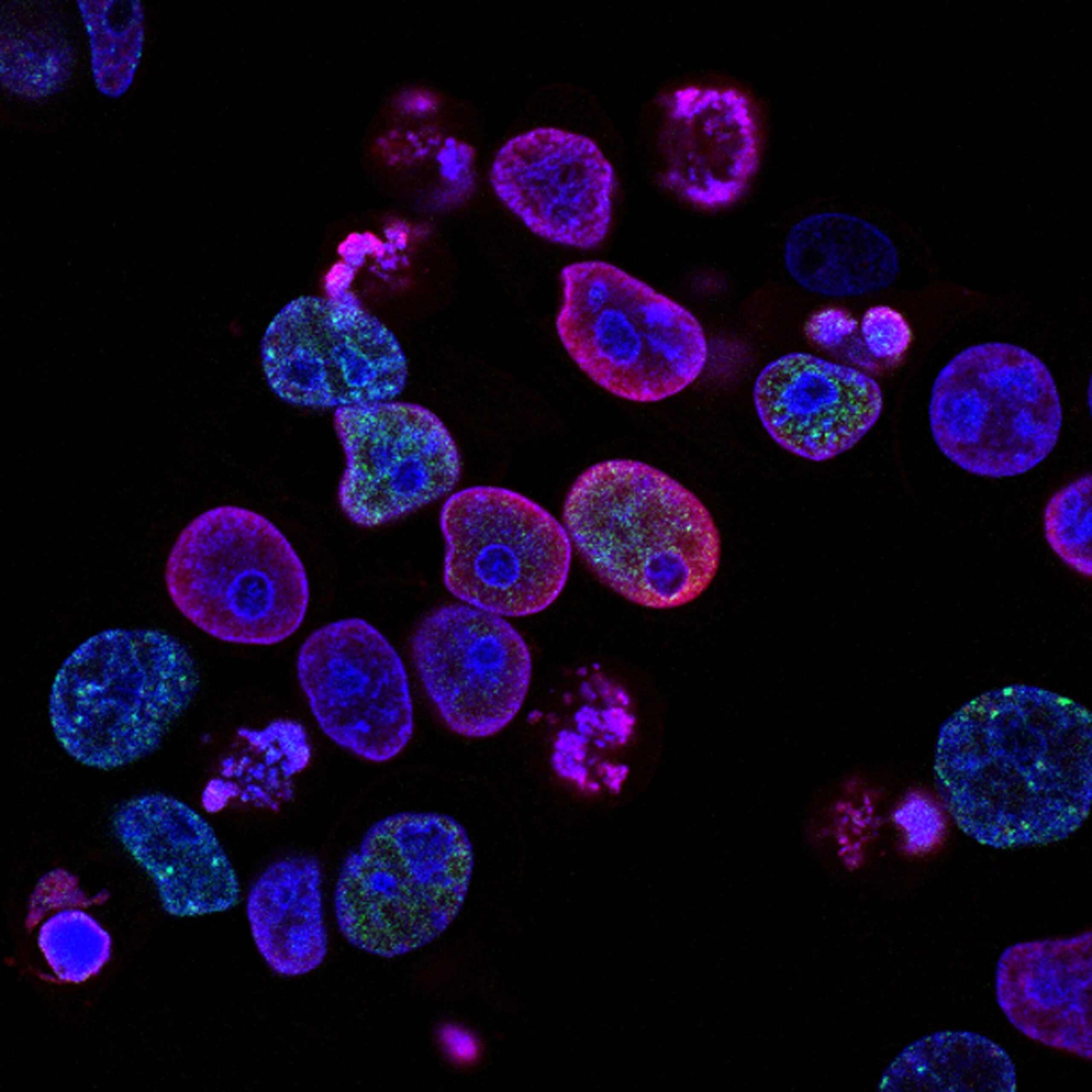Scientists have confirmed that exercise prevents muscle loss, muscle weakness and dysfunction caused by chronic inflammation. For example, chronic obstructive pulmonary disease, rheumatoid arthritis, influenza, or a cytokine storm during covid. The study also proved that the 3D model of muscle tissue developed by scientists can be used in the future to study inflammatory muscle diseases in vitro. The article is published in Science Advances.
Skeletal muscles make up about 45 percent of a person’s body weight, and their ability to contract is necessary to maintain viability. Healthy muscles can regenerate after minor injuries with the help of muscle stem cells. This process is triggered by a local and systemic inflammatory response, in particular, the interferon-gamma cytokine (IFN-γ) regulates the process of muscle tissue formation. And if the inflammation caused by the injury stimulates the muscles to regenerate, then unregulated inflammatory processes, which are characteristic of some diseases, lead to loss of muscle mass and muscle weakness. Such diseases include, for example, chronic obstructive pulmonary disease, rheumatoid arthritis and dermatomyositis. In addition, elevated levels of IFN-γ in the blood are usually seen after the flu or cytokine storm due to severe covid.
The link between chronic inflammation and muscular dystrophy has been confirmed by rodent experiments and clinical studies. Appropriate in vitro studies have not been performed due to the lack of suitable models: conventional muscle cell culture does not reproduce many properties of muscle tissue. Previous work has suggested that IFN-γ affects muscles by activating the JAK / STAT signaling pathway.
Earlier, a team of researchers from Duke University (USA) led by Nenad Bursac developed a 3D model of human skeletal muscle (“muscle bundles”). Scientists then showed that muscle bundles respond to electrical stimulation that mimics exercise, with corresponding changes in metabolism and an increase in size and strength. In a new study, the same group of scientists described the mechanism of the direct effect of IFN-γ on the structure and function of skeletal muscle, and also showed the positive effect of exercise.
The researchers studied the effect of IFN-γ on muscle bundles cultured from cells from three independent donors. The beams were treated with interferon at a dose of 20 nanograms per milliliter for a week, and then checked for changes in their structure, biochemical and functional properties, and in the release of cytokine signaling molecules. In this case, some cells during the experiment received not only doses of interferon, but were exposed to electrical effects, which mimicked exercise. Another part only “went in for sports”.
The muscle bundles that received IFN-γ were weakened compared to the control group. For example, interferon reduced the amplitude of tetanus, a long-lasting muscle contraction, by 68 percent. Electrical stimulation improved cell performance, bringing it closer to that of the control group, which was not exposed to interferon.
The effects of interferon alone did not lead to muscle loss. However, those cells that only “exercised” gained more weight than those that received electrical stimulation at the same time as interferon doses. Interferon reduced the diameter of the muscle tubules (8.8 micrometers against 11.3 micrometers in cells from the control group), and electrical stimulation reversed this effect. A similar trend was observed when measuring cell length. “Exercise” also had a beneficial effect on the expression of contractile proteins in cells.
Exposure to interferon also affected the composition of signaling molecules secreted by cells: the content of some pro-inflammatory cytokines increased in the medium. And this effect was reversible by electrical stimulation of cells.
Electrical stimulation partially (by 50 percent) attenuated the activation of the JAK / STAT signaling pathway in muscle bundles. This proves that in addition to the direct benefits of exercise, there is a certain molecular mechanism that provides the anti-inflammatory effect of “exercise”, which prevents muscle weakness. In addition, existing Janus kinase (JAK) inhibitors, tofacitinib and baricitinib at clinical doses, also prevented structural and functional loss in muscle cells.
